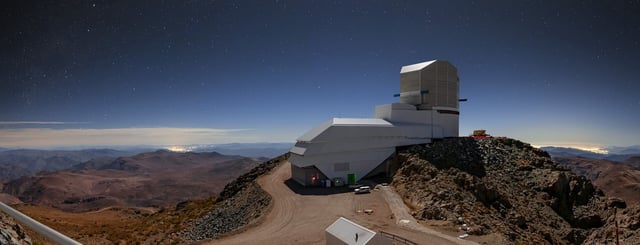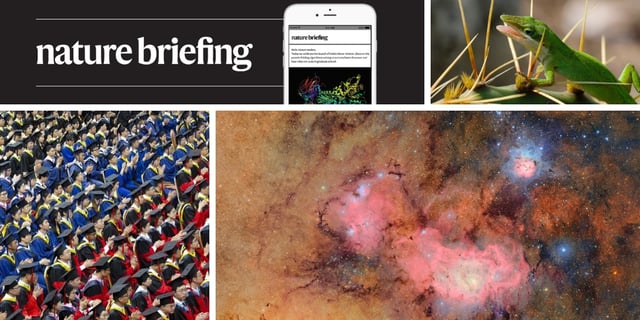Overview
- The observatory released its first scientific images after more than ten hours of test observations, revealing millions of galaxies and intricate nebula structures.
- Its 3,200-megapixel camera—the largest digital camera ever built—weighs 2,800 kg and captures sky areas equivalent to 45 full moons per exposure.
- Analysis of the initial data identified 2,104 previously unknown asteroids, including seven near-Earth objects that pose no threat to our planet.
- Perched atop Cerro Pachón in Chile, the facility is due to begin the Legacy Survey of Space and Time later in 2025, mapping the southern sky every three to four nights for a decade.
- Data from the ten-year mission will underpin studies of dark matter, dark energy and transient phenomena while creating an ultra-high-definition time-lapse record of the universe.



